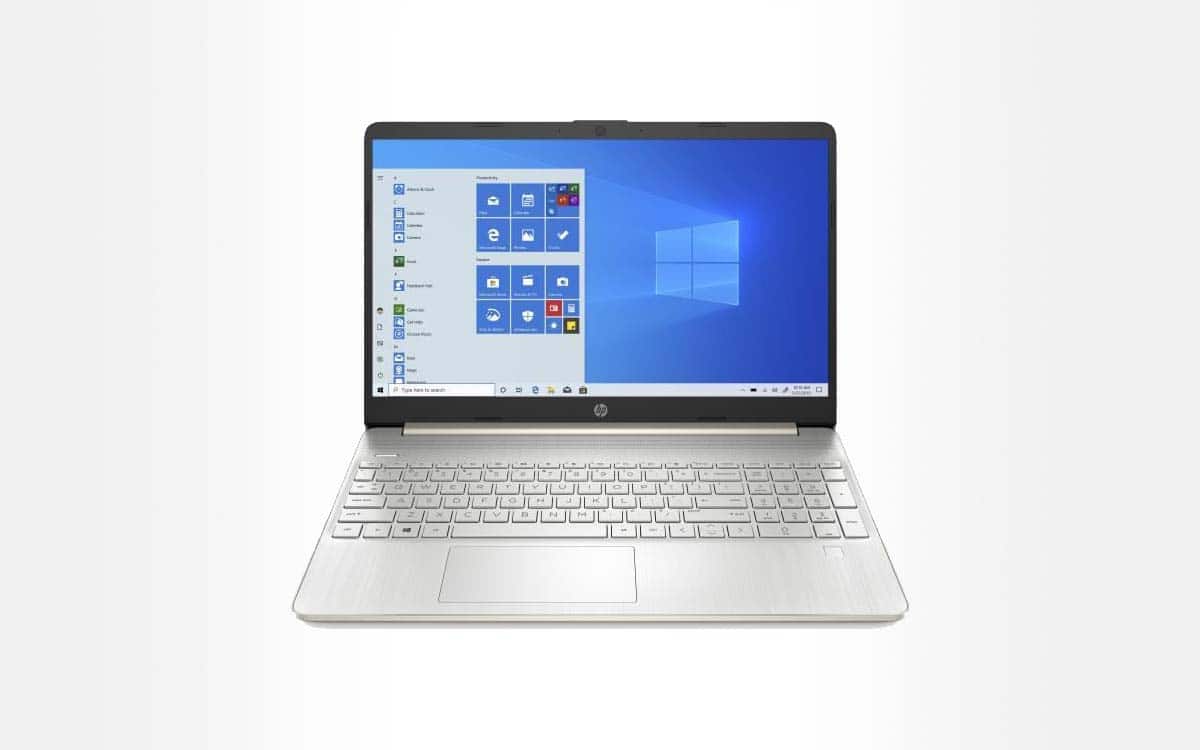3D printer: the secrets of additive manufacturing
Additive printing is better known as 3D printing. Today, many objects are built using 3D printers in various sectors. These printers are even moving out of the industrial and professional sector to find themselves on the shelves of individuals. The first 3D printer was released in 1988 and has been continuously improved ever since. Many small entrepreneurs are currently using it for their creations and it is then useful to know how additive printing works.
Contents
3D printing: what is it?
Additive manufacturing is a CAD manufacturing form (Computer Aided Design). It is then a question of designing an object via software which will then be printed directly in 3D. This type of design is useful in two distinct ways. We can use 3D printing to design the material of a part which will then be produced by a more efficient machine. You can also create the final part directly using additive printing.
For model design, this method saves time and resources (money, raw materials, employees, etc.). 3D printing makes it possible to have a tangible model in your hands, in order to study it, make it react in real conditions and refine its manufacture.
If you want to have more information about professional 3D printersthen you can better understand this printing technique and know all the subtleties.
The different 3D printing techniques
Additive printing doesn’t just have one way of being modelled. There are indeed different manufacturing techniques that directly depend on the material used for the final product.
CLIP (Continuous Liquid Interface Production)
CLIP technology is inspired by the stereolithography. An ultraviolet laser polymerizes a liquid resin. This method allows control of the oxygen released from the chemical reaction of the polymerization. Thanks to this control, the drying time is accelerated and the printing is reduced to a few minutes instead of several hours.
FDM (Fused Deposition Modeling)
The FDM process melts a plastic filament (ABS or PLA) which is then deposited layer by layer on its support. As the process progresses, the build plate descends, allowing the next layer to be extruded. The layers can be of different thicknesses and, depending on the printer model, they will be more or less thick. The quality of the finished product then depends on the thickness of this layer.
SLA (Stereolithography Apparatus)
This technique also uses polymerization. A layer of liquid elastomeric resin or liquid thermosetting plastic is solidified by ultraviolet light. The UV laser is directed by mirrors which allow it to scan the surface of resin or plastic, in order to manufacture the desired shape.
SLS (Selective Laser Sintering)
The SLS process or selective laser sintering in French, involves using a high-powered laser to coat particles of polymeric metal powder. This action results in the formation of a solid object. This powder is spread in a thin layer on the base of the SLS 3D printer platform. It is then heated to high temperature, in order to enter into fusion. This fusion causes a cluster of powder particles between them which then form a layer of the 3D object. The platform descends, and the operation is repeated until the entire object is created.
SLM (Selective Laser Melting)
The SLM technique is also called selective laser melting. It resembles the SLS method. Here, the manufacturing box will be filled with a gas (nitrogen or argon) to melt the metal powder more quickly. The metals used in SLM (but also in SLS) are often:
- maraging steel,
- stainless steel,
- Inconel 625,
- Inconel 718,
- cobalt-chromium,
- titanium Ti6AlV4.
These metals are very practical for the SLM technique of 3D printing.
The sectors concerned by the 3D printer
Different sectors use additive printing to create their parts or models. However, 3D printers are mainly used in engineering, medicine, architecture, space research, arts and fashion.
In engineering, additive printing makes it possible to manufacture parts of gears or entering into the manufacture of electrical components. It is also possible to print parts that will make up a larger object. In medicine, 3D printing is mainly used to create prostheses and treat patients faster. In art and fashion, artists sometimes print their creation directly in 3D, bringing a new aspect of material to the artistic world.
Architects use it to create models of their project. This makes it easier to represent a work to a client. For space research, sometimes NASA prints spare parts in 3D. These parts are directly built via printers from space. This avoids going back and forth between the Earth and the space stations.


